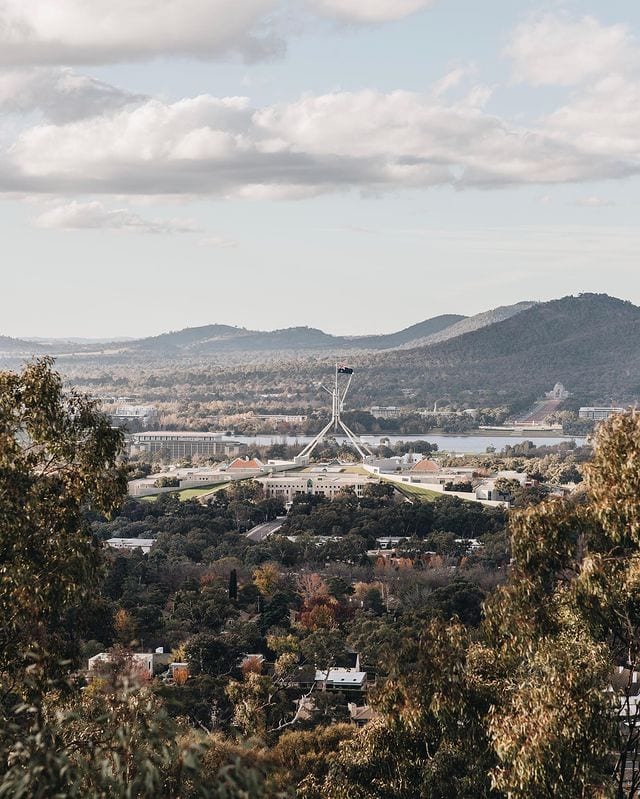The RBA Cash Rate: Impacts For First Home Buyers
Here’s what the historic rate hike means for first home buyers.

On Tuesday May 3, the Reserve Bank of Australia (RBA) decided to lift the nation’s record-low cash rate by 25 percentage points to 0.35 per cent, for the first time in over a decade. The rate rise comes as a result of surging inflation and an attempt to slow demand in the economy. According to the latest data from the Australian Bureau of Statistics (ABS), during the March quarter the cost of living jumped 5 per cent – well above the RBA’s target of two to three per cent – with consumer prices at the highest level in more than 20 years. This includes the price of food, fuel, materials and cost of new dwellings.
Now, it is predicted that the RBA will continue raising the cash rate for the remainder of the year. As banks and lenders follow suit, borrowers will inevitably face rising variable interest rates and larger mortgage repayments. In laymen terms, when borrowers are faced with higher repayments, they have less money to spend, slowing down the pace of demand and subsequently easing pressure on the price of good and services.

How Will The New Interest Rates Affect Borrowers?
Banks and lenders are expected to pass on the full rate increase to customers. Those looking at borrowing will likely see higher mortgage repayments within weeks. First home buyers hoping to enter the market could see a reduction in their borrowing capacity. As new home loan applications are assessed, banks and lenders will need to determine the buyers’ ability to repay their loan, in the circumstance that interest rates continue to rise. According to Westpac Chief Economist, Bill Evans, rates could increase by as much as 1.5 per cent over 2022 until 2023. Banks currently implement a ‘stress test’ of 3 per cent when assessing applicants to make sure prospective property buyers can replay their mortgage if rates were to rise by 3 per cent.
Rising rates also work to discouraging home buyers from borrowing beyond their means. While the initial increase is likely manageable, if rates continue to rise then repayments will become less affordable. Figures from ANZ show that an increase of 0.25 per cent per annum will increase monthly repayments by $57 on an average home loan of $450,000 for an owner occupier paying principal and interest. First home buyers should revisit their budget and determine how increased repayments may affect their monthly repayments and the price they can afford to pay for a new property.

A Reduction In House Prices
On a positive note, the increase in interest rates is expected to slow house price growth, presenting greater opportunity for first home buyers to get a foot on the ladder. Over the course of the pandemic, Australia’s real estate market experienced unprecedent growth, with residential property prices skyrocketing 23.7 per cent in the 12 months to December 2021. This is the strongest annual growth ever recorded, and many would-be buyers were simply priced out. Yet recently the market has shown signs that it is starting to cool, as investors and mortgage holders are spooked by an expected period of higher rates.
Finally, there may be a silver lining for aspiring first home buyers. A sense of urgency has already evaporated from the market, and the sharp rate rise will continue to place downward pressure on house prices. According to Domain’s March 2022 House Price Report, Sydney experienced one of the most significant slowdowns of all the capital cities with the power shifting back towards buyers. Sellers have become more motivated, with March representing the busiest auction quarter on record. Yet with clearance rates dropping to 65 per cent (compared to 81 per cent for the March quarter last year), first home buyers now have greater choice. City pockets are seeing a surplus of supply, particularly in high-rise units, while a range of government incentives are still available for first home buyers in 2022.
 Subscribe
Subscribe









 Subscribe
Subscribe









